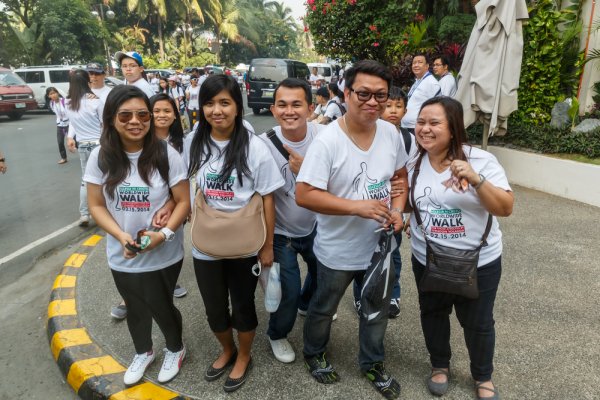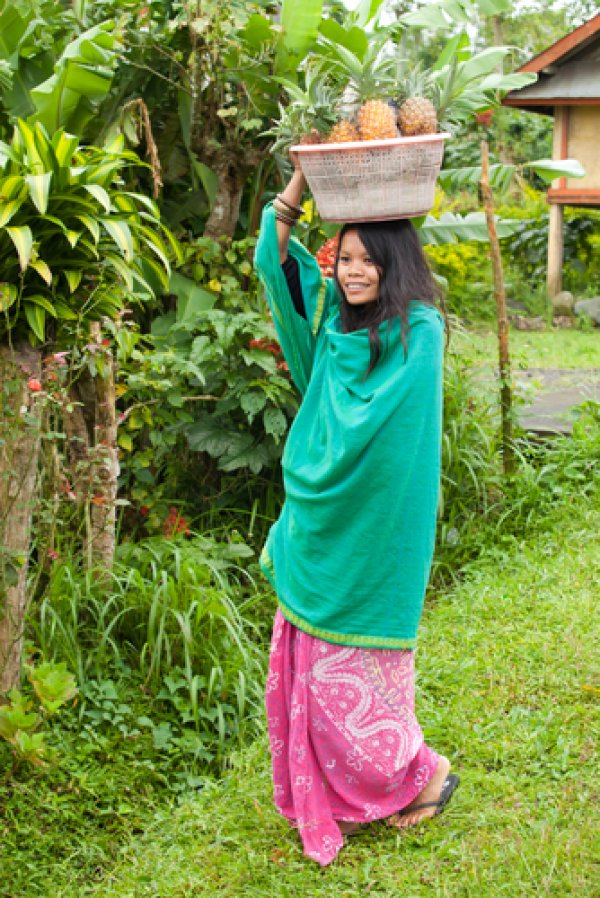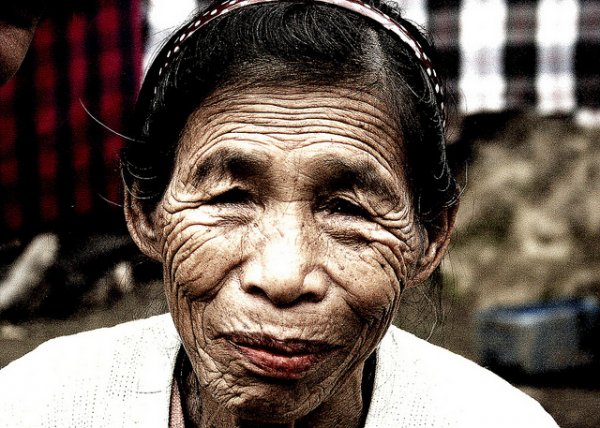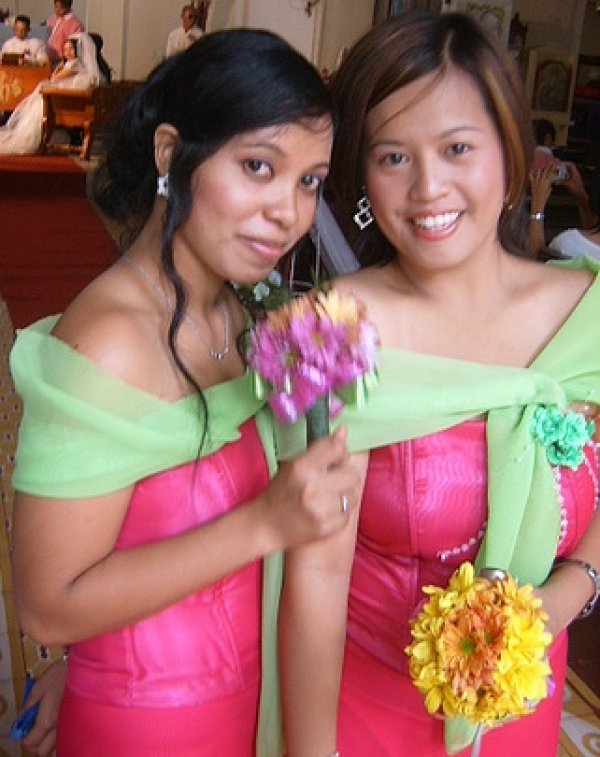Culture and Society: Women in Culture
General
The women of the Philippines, known as Filipinas, were traditionally expected to be good wives and mothers, nothing more. Times have changed, however, and a combination of economic necessity and legislative progress has led women to play more active roles in society. This has caused a blurring of gender lines in many traditional areas of Filipino society.
A majority of all women work, but women from the upper social and economic strata of society have better access to higher-paying jobs. Filipino women, irrespective of their social and economic class, however, are still responsible for running the household.
Women in the Philippines play active roles in politics, and two of the country’s presidents have been women (Corazon Aquino, 1986–1992, and Gloria Maccapagal Arroyo, 2001–2010). Women also occupy various positions of leadership in the government, and hold about 30 percent of seats in the Parliament. Women have also been Cabinet members and Supreme Court justices.
Healthcare and medicine is one of the areas traditionally preferred by Filipinas joining the workforce. Women are active in business, and many of them own and operate their own businesses in a wide variety of sectors.
Urban Filipinas have better opportunities and access to employment and education when compared to their rural counterparts. Rural women mostly work in the agricultural sector and are relegated to secondary roles of employment.
The position of women in certain religious and indigenous sections of society is dependent on their beliefs and customs. Muslim women, for example, have limited participation in various spheres of society due to their religious beliefs. Similarly, tribal women are expected to perform all household chores as well as managing the farms, carrying water, and harvesting.
There are no particular dress code restrictions for Filipinas.
Legal Rights
Women in the Philippines enjoy the same legal rights as men in all respects, including the right to vote, which they gained in 1937. They also have the right to drive and to own as well as inherit property. However, the laws of specific communities, like the Muslim Personal Laws, provide their women with only half the property to which males are entitled.
Domestic abuse, rape, and sexual harassment in the workplace are serious problems in Filipino society. The Anti-Sexual Harassment Act of 1995, the Anti-Rape Law of 1997, the Rape Victim Assistance and Protection Act of 1998, and the 2004 Anti-Violence Against Women and Their Children Act have been enacted, but not implemented.
Abortion is illegal in the Philippines, and the only exception is when the life of the mother is at stake. Performing an abortion requires the authorization of a panel of certified professionals. However, illegal abortions are widespread and rarely prosecuted.
Divorce is not legal in the Philippines, although the wife can initiate a legal separation by providing an explicit written or verbal request. Women can claim custody of children in the event of a legal separation and it is usually granted, especially if the child is very young.
Education
The Philippine Constitution provides women with equal access to education, and the literacy rate for women is nearly 99 percent, with men at 97 percent. However, rural citizens are at a disadvantage because of the inaccessibility of educational facilities.
Most Filipinas complete elementary school, with many going on to complete secondary school. The enrollment of girls is higher than that of boys at all educational levels. Classrooms are coeducational.
Educated women do have equal access to job opportunities as the men, although they are often expected to take secretarial positions while men are expected to assume more professional roles.
Dating, Marriage, and Family
The majority of Filipino men and women choose their own spouses, although certain religious and tribal communities arrange marriages for their young people. Western-style dating is widely practiced, especially in the urban areas. Boys are expected to pursue the girls, who are expected to play hard-to-get. Dating usually begins during the early teens, and boys meet girls at various social events, educational institutions, and the streets, where youngsters hang out in groups.
The mean marriage age among Filipinas is 25 years of age.
Polygamy is neither socially not legally acceptable, except in some rare cases in the Muslim community. Filipino society does generally condone the practice of men having several mistresses, however.
In most Filipino homes, it is the father who holds the power, although it is the mother who commands respect and is highly involved in the affairs of the family and child rearing. Many women are in charge of their households and are responsible for the family’s finances as well. Filipinas can hold assets and property separately from their husbands.
Filipino women take their husband’s names after marriage. If the woman initiates a divorce proceeding against a foreign spouse abroad, she is not entitled to revert to her maiden name, according to Philippine law.
Filipinas usually give birth to two or more children. Traditionally, childlessness was considered bad, but society no longer looks down upon childless women.
Health
The Philippines has an extensive medical system, but rural women, who are usually limited by high costs, long distances, and other social hurdles, find it harder to access than urban women.
The maternal mortality rate is 120 fatalities per 100,000 live births, while the infant mortality rate is 15 deaths per 1,000 live births.
Although they are legally allowed to make their own healthcare decisions, many women seek their husband’s permission before seeing a doctor. This can be attributed to social and cultural customs.
Because the Philippines is a staunchly Roman Catholic country, promoting the use of contraceptives there has been, and still is, a challenge.
Statistical sources include:
Inter-Parliamentary Union, Women in National Parliaments
Organisation for Economic Co-operation and Development, Social Institutions & Gender Index
US Central Intelligence Agency, Chiefs of State and Cabinet Members of Foreign Governments
US Central Intelligence Agency, World Factbook
World Bank, Databank
Copyright © 1993—2025 World Trade Press. All rights reserved.

 Philippines
Philippines 






